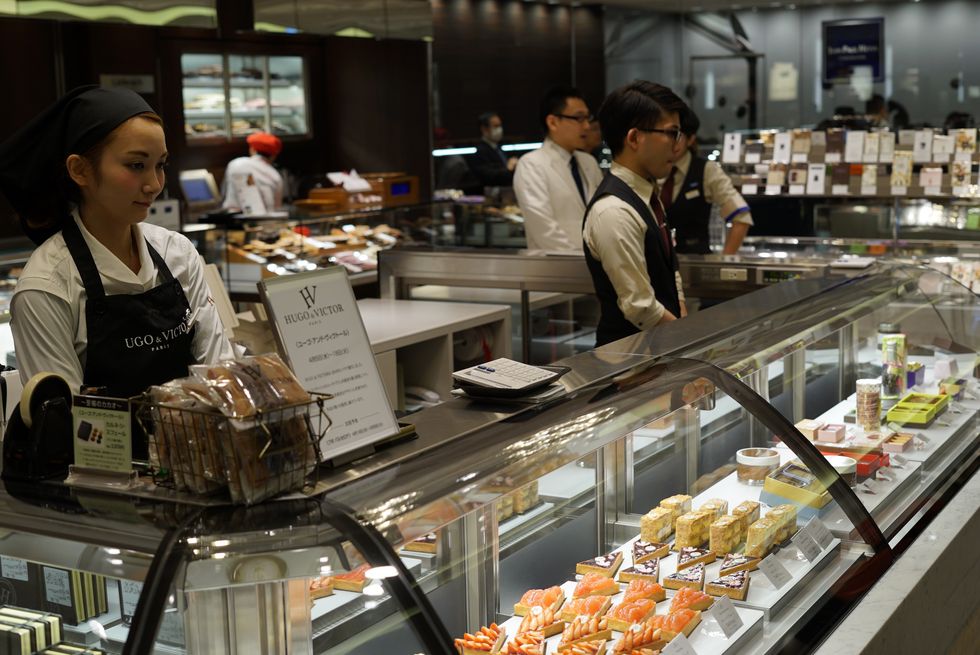Rice has arguably been the primary source of nourishment, or staple food, for Japan since the introduction of the crop, and it's growing processes, in the Yayoi period in the third century B.C. by most likely China and Korea. Around this time, wheat was also introduced but did not take off because of the inconsistency of its cultivation compared to rice and was often compared to a food for a famine.
The country's stance on wheat would not change until the1850's when Japan opened its borders to Western influences signaling the decline of samurai dominion, which finally ended in 1868.
Japan sought to quickly modernize its country and looked towards its new western allies for a model allowing western influences to flourish. With that grew the more frequent use of wheat, and the creation of dishes that Japan have uniquely made their own.
Anpan is the first Japanese style bread that was created in 1875 around Tokyo, and it would play an important role in the diffusion of bread in Japan after it was contributed to the Meiji Emperor. To create a taste that Japanese people were accustomed to, the content of cooked and sweetened azuki beans were put inside the yeast, which was used to create most Japanese sweets. The yeast was used from sake instead of traditional wheat giving it a unique taste.
Nowadays, Japan is home to many unique and world-famous bakeries that sport a variety of delicious breads, such as, A Anpan, melon-pan, yakisoba-pan, melon-pan, yakisoba-pan, and many others. English loaf is taking half of Japan's total bread production, which is around 1,200,000 tons as of 2011.

















